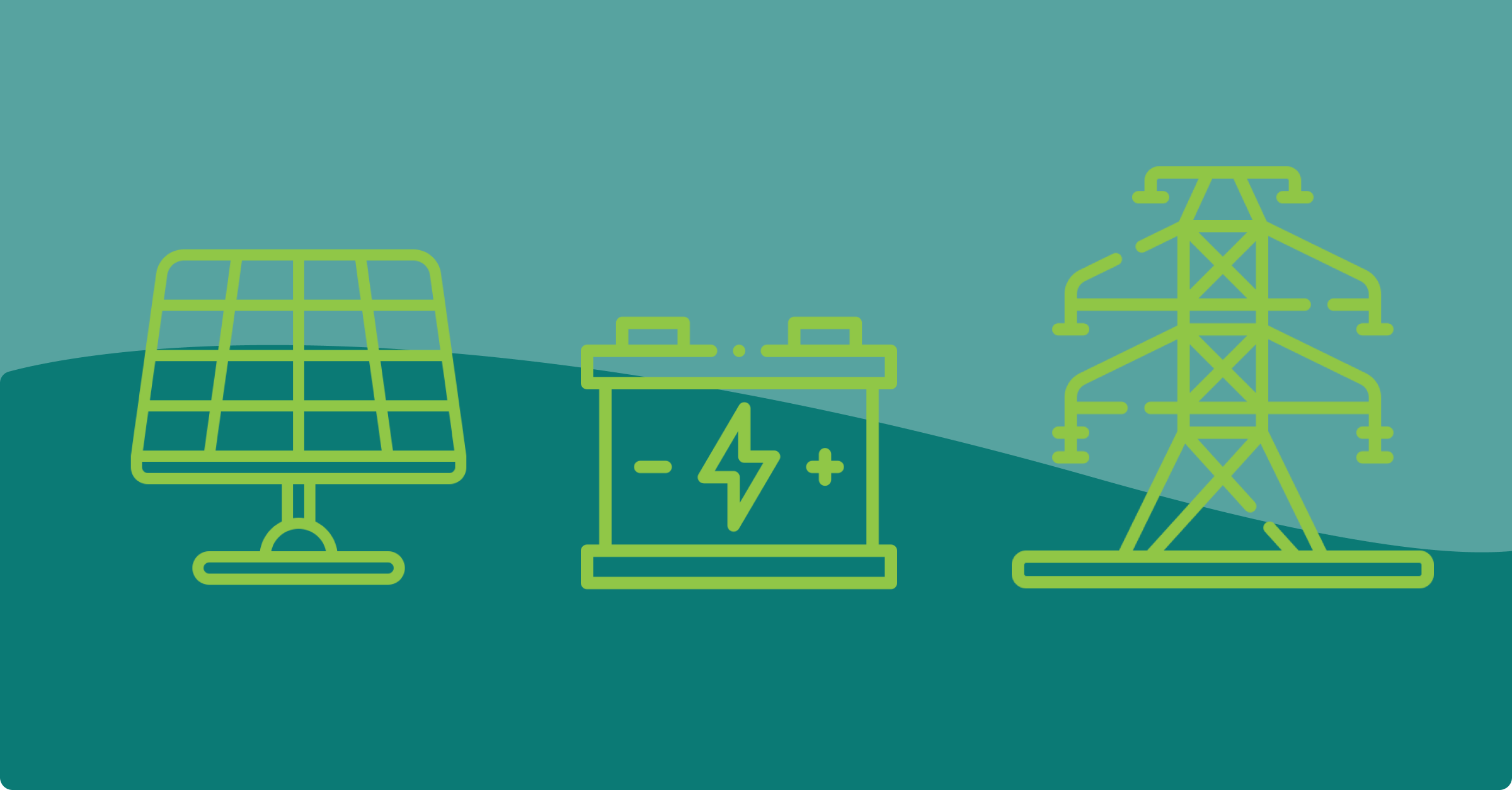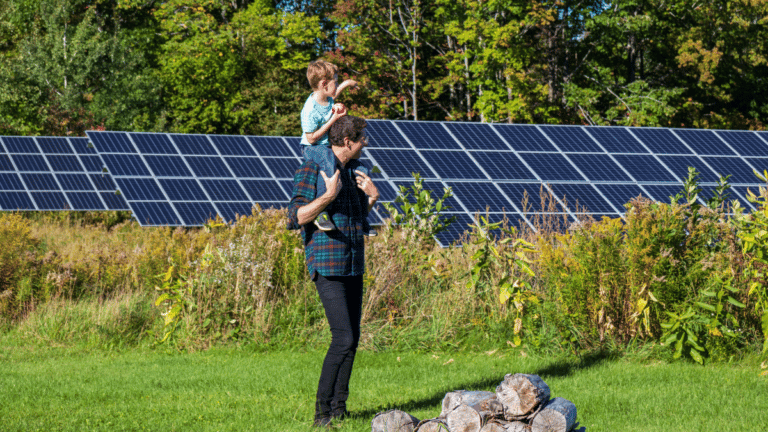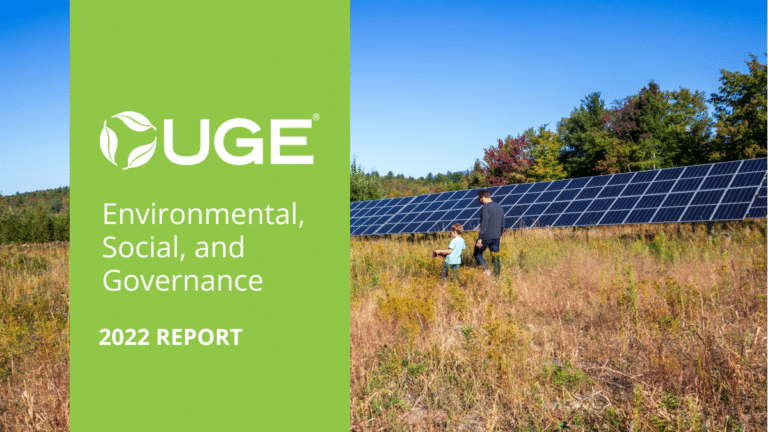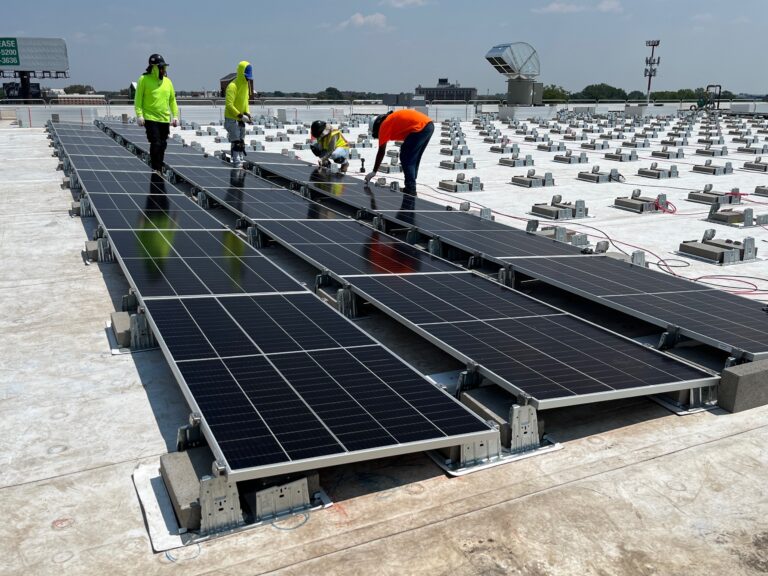Green energy is all the rage now, but that hasn’t always been the case. People fought (and continue to fight) renewable forms of energy tooth and nail, insisting that they are unreliable and inconsistent. And truthfully, in some ways, they’re right. Solar is a notoriously unpredictable source of energy, and the industry has known that right from the start. In fact, they’ve been aware of this problem long enough to actually come up with a solution: battery energy storage systems, or BESS! Before we dive into the saving grace that is BESS, however, let’s understand solar energy and how it works.
How Does Solar Energy Work?
Solar radiation is light that is emitted by the sun. Solar technologies are able to capture this light and turn it into useful forms of energy. For example, solar energy can be used to generate electricity or be stored in batteries or thermal storage. Now, how does this technology work? Solar projects are comprised of solar panels, which are usually made from silicon, or another semiconductor material installed in a metal panel frame with a glass casing. When this material is exposed to photons of sunlight, it releases electrons and produces an electric charge. This photovoltaic (PV) charge creates an electric current (specifically, direct current or DC), which is captured by the wiring in solar panels. This DC electricity is then converted to alternating current (AC) by an inverter. AC is the type of electrical current used when you plug appliances into normal wall sockets. And there you have it: energy!
What Are The Challenges With Solar Energy?
One of the biggest problems solar poses is its unreliable nature. Without sunlight, a system reliant on solar energy cannot produce power, which can be an issue for consumers in areas with less-than-ideal levels of sun exposure or poor weather. On top of that, this inconsistent production of energy can be harmful to electric grids. For there to be stability in a conventional electric grid, the energy generated must be equal to the energy consumed, and the grid needs to be able to respond to volatility in voltage and frequency disturbances. Solar energy, with its fluctuations in supply and demand, often creates instability, which could lead to equipment damage, interruptions, and power outages. In addition, there is a potential for energy wastage when the supply of solar energy is abundant (say, on a sunny day) if grid operators are unprepared and do not apply adequate measures. So, all in all, this instability thing is kind of a big problem—and that’s what makes BESS so vital!
What Is BESS And How Is It Helpful?
Battery energy storage systems (BESS) are devices that allow energy from renewables like solar and wind to be stored and then released to customers when they most need that power. By storing excess energy, battery storage helps provide consumers with a reliable supply of cost-effective energy during periods of high electricity demand, like in the case of extreme weather events. It also allows solar to be used on a large scale by preventing grids from being overwhelmed during peak production periods, as well as maintaining the frequency and voltage of the grid. This is possible because intelligent battery software uses algorithms to coordinate energy production and storage, and computerized control systems are used to decide when to keep the energy as reserves or release it to the grid. You can see how this would solve our long-standing issue of inconsistency and unreliability.
Luckily, the BESSs we develop don’t require much space! At least, not compared to solar projects. Typically, a UGE-developed BESS only needs 7,000-15,000 square feet of space in a commercial or industrially zone, but you can also find smaller (residential) and larger-scale (industrial) systems, depending on your needs. While building a standalone BESS is an option, it’s quickly becoming popular to combine a BESS with a solar project for maximum utility and efficiency. If you’re interested, you can learn more about battery storage leasing here.
If you have commercial or industrial zoned property in New York, New Jersey, Massachusetts, California, or Texas and are interested in learning more about becoming a battery storage host, just fill out the form below and we’ll get the conversation started!




